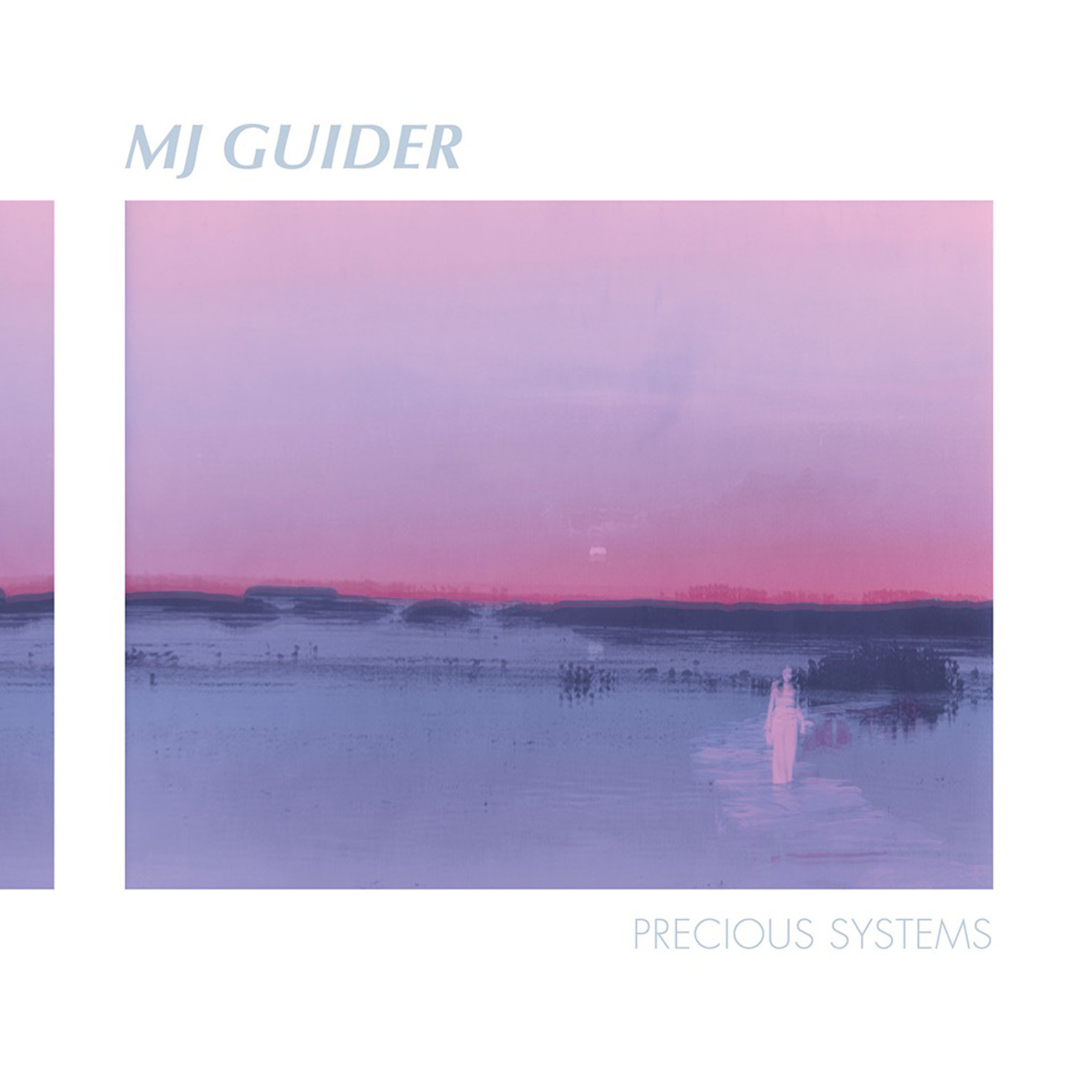 After a bit of a long slumber, Kranky has resurfaced with the first full-length from New Orleans’ Melissa Guion.  Guion’s previous discography is a bit lean, as she has previously only released one cassette back in 2014, but she seems to have quite a fully formed aesthetic that will no doubt delight fans of the Kranky milieu.  In fact, it is quite hard to discuss Precious Systems without making favorable comparisons to Grouper, as Guion is quite a similarly enthusiastic proponent of hazy, reverb-swathed vocals.  Musically, however, MJ Guider is far more indebted to shoegaze and gauzy 4AD-style Romanticism, crafting propulsive and hook-filled songs that feel artfully hollowed-out and slowed to a narcotic crawl.
After a bit of a long slumber, Kranky has resurfaced with the first full-length from New Orleans’ Melissa Guion.  Guion’s previous discography is a bit lean, as she has previously only released one cassette back in 2014, but she seems to have quite a fully formed aesthetic that will no doubt delight fans of the Kranky milieu.  In fact, it is quite hard to discuss Precious Systems without making favorable comparisons to Grouper, as Guion is quite a similarly enthusiastic proponent of hazy, reverb-swathed vocals.  Musically, however, MJ Guider is far more indebted to shoegaze and gauzy 4AD-style Romanticism, crafting propulsive and hook-filled songs that feel artfully hollowed-out and slowed to a narcotic crawl.
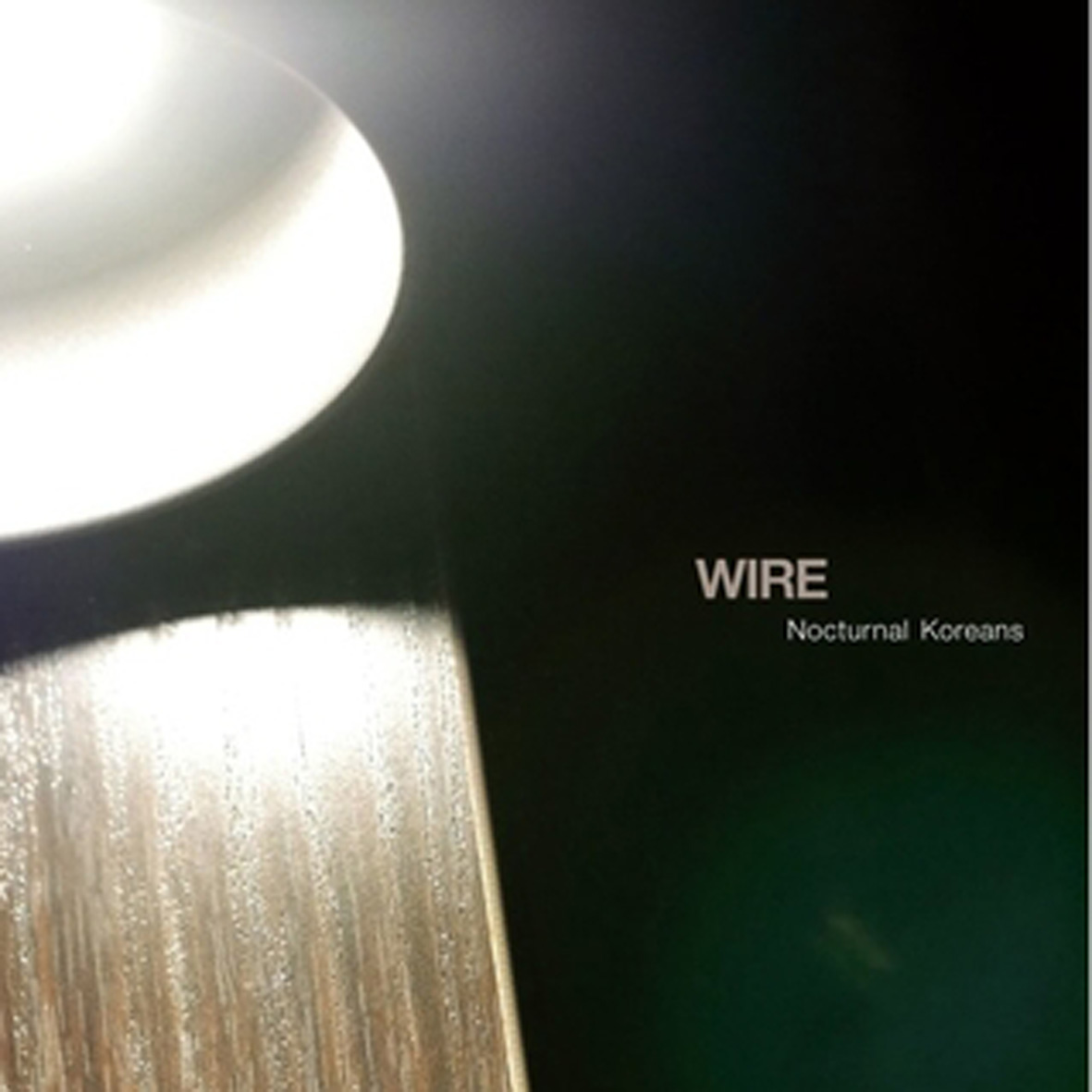 Wire’s latest mini-album is a somewhat darker, subtly more experimental, and arguably superior sister to their self-titled 2015 release.  In fact, these songs were all written during the very same period, but they were split off into their own release because they ostensibly shared a path directly opposed to the aesthetic of Wire: the self-titled album was a deliberately no-frills document of what the band actually sounds like when they play together in a room, while Koreans documents what they can achieve with studio enhancements and liberal editing.  Despite those very different approaches, the two albums do not actually seem all that different to my ears.  I guess I was hoping for a bit more of a radical departure than this.  While there are a few intriguing exceptions, Koreans mostly just sounds like more of the same hook-heavy and slightly off-kilter songcraft that I always expect from Wire.  That is certainly not a bad thing, but Nocturnal Koreans is definitely more solid than revelatory.
Wire’s latest mini-album is a somewhat darker, subtly more experimental, and arguably superior sister to their self-titled 2015 release.  In fact, these songs were all written during the very same period, but they were split off into their own release because they ostensibly shared a path directly opposed to the aesthetic of Wire: the self-titled album was a deliberately no-frills document of what the band actually sounds like when they play together in a room, while Koreans documents what they can achieve with studio enhancements and liberal editing.  Despite those very different approaches, the two albums do not actually seem all that different to my ears.  I guess I was hoping for a bit more of a radical departure than this.  While there are a few intriguing exceptions, Koreans mostly just sounds like more of the same hook-heavy and slightly off-kilter songcraft that I always expect from Wire.  That is certainly not a bad thing, but Nocturnal Koreans is definitely more solid than revelatory.
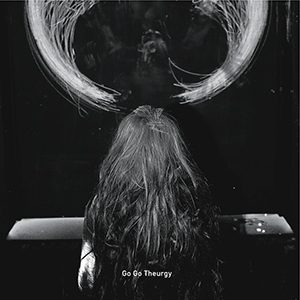 Go Go Theurgy is Polish composer Anna Zaradny's first album in eight years, following 2008's Mauve Cycles. Like that release, there is a significant amount of experimentation and abstraction to be heard on this record's two side long composition, yet for all its dissonance there is clearly order here. Order that takes the form of deconstructing and rebuilding more conventional pop and electronic music elements into completely unique contexts. It is challenging but captivating all the same.
Go Go Theurgy is Polish composer Anna Zaradny's first album in eight years, following 2008's Mauve Cycles. Like that release, there is a significant amount of experimentation and abstraction to be heard on this record's two side long composition, yet for all its dissonance there is clearly order here. Order that takes the form of deconstructing and rebuilding more conventional pop and electronic music elements into completely unique contexts. It is challenging but captivating all the same.
 
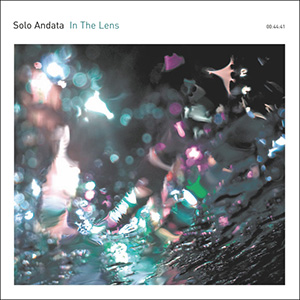 For their fourth record, the duo of Kane Ikin and Paul Fiocco took a different approach, and decided to revisit fragments of previous recordings that lay forgotten on various hard drives and cassette tapes for a multitude of years. Beginning with these elements, they then reworked the material and recorded new parts, making these recordings a sort of hybrid of unreleased works and new material. Because of that, In The Lens may at times feel more like a collection of songs rather than a full-fledged album, but that is no major detriment considering how well these compositions are executed.
For their fourth record, the duo of Kane Ikin and Paul Fiocco took a different approach, and decided to revisit fragments of previous recordings that lay forgotten on various hard drives and cassette tapes for a multitude of years. Beginning with these elements, they then reworked the material and recorded new parts, making these recordings a sort of hybrid of unreleased works and new material. Because of that, In The Lens may at times feel more like a collection of songs rather than a full-fledged album, but that is no major detriment considering how well these compositions are executed.
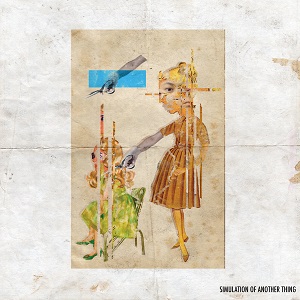 San Diego’s Steve Flato has remarkable and unpredictable range—from structured harsh noise (Mara’s Daughters) and hallucinogenic sine assaults (Salon de Flato) to mathematical ambience (This Is Our Last Cry Before Our Eternal Silence), and now, with Simulation of Another Thing, orchestrated soundtracks. Recorded with a trio featuring trombone, tuba, and French horn, Simulation blends melody, voice, field recordings, and improvised noise across three varied and affective songs (with an emphasis on the sinister). It comes in at a concise 30 minutes, but Flato packs a lot of great performances and unusual choices into that space, including one that combines the reassuring voice of a hairdresser with the steady pulse of a drum machine.
San Diego’s Steve Flato has remarkable and unpredictable range—from structured harsh noise (Mara’s Daughters) and hallucinogenic sine assaults (Salon de Flato) to mathematical ambience (This Is Our Last Cry Before Our Eternal Silence), and now, with Simulation of Another Thing, orchestrated soundtracks. Recorded with a trio featuring trombone, tuba, and French horn, Simulation blends melody, voice, field recordings, and improvised noise across three varied and affective songs (with an emphasis on the sinister). It comes in at a concise 30 minutes, but Flato packs a lot of great performances and unusual choices into that space, including one that combines the reassuring voice of a hairdresser with the steady pulse of a drum machine.
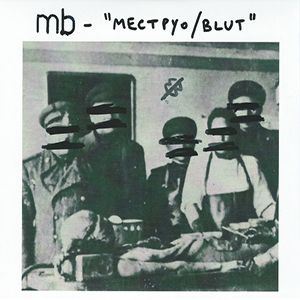 Here are two new archival releases from Bianchi, who has been more prolific in reissuing early (and usually more well regarded) releases compared to new material in the past few years. These discs (both CD versions of limited cassettes issued in the early 1980s) capture Bianchi in transition, moving from his less focused early work as the Sacher-Pelz moniker, into what most associate with the MB name and his string of amazing, but depressing LPs in the early 1980s. While the material might not be as strong as something on, say, Symphony for a Genocide or Regel, it is still much more than simple.
Here are two new archival releases from Bianchi, who has been more prolific in reissuing early (and usually more well regarded) releases compared to new material in the past few years. These discs (both CD versions of limited cassettes issued in the early 1980s) capture Bianchi in transition, moving from his less focused early work as the Sacher-Pelz moniker, into what most associate with the MB name and his string of amazing, but depressing LPs in the early 1980s. While the material might not be as strong as something on, say, Symphony for a Genocide or Regel, it is still much more than simple.
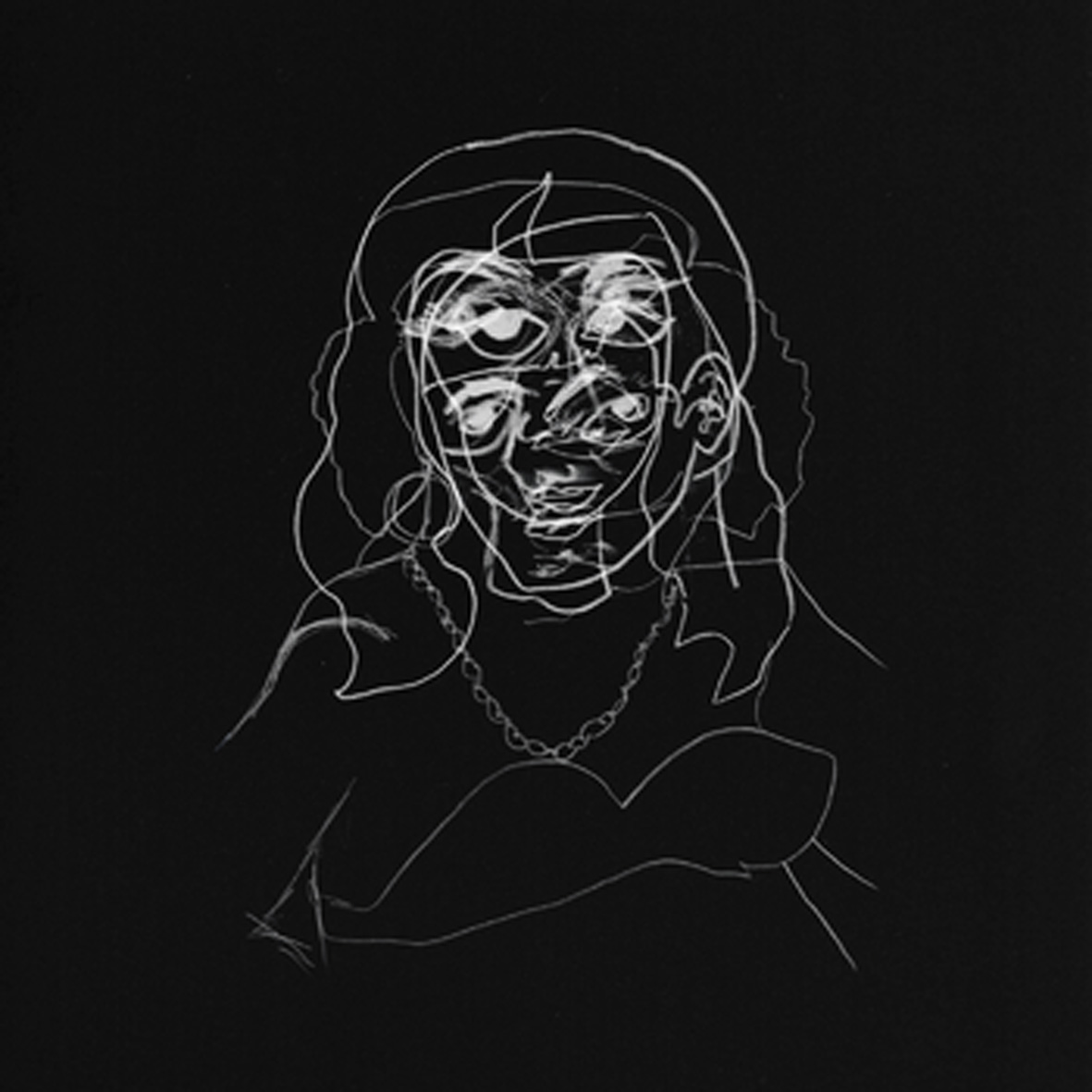 When I heard Klara Lewis’s self-released EP back in 2012, I was deeply impressed with how effectively she shaped her "found sound" collages into song-like structures, but worried that such an abstract and purist approach would be extremely limiting in the long run (it is hard to craft hooks without vocals or instruments, obviously).  As it turns out, my misgivings were largely unfounded, as Lewis has proven to be quite adept indeed at finding inventive and varied ways to exploit her unusual palette.  In fact, she seems to only be getting better and better at unlocking its deeper possibilities rather than backing herself into a corner.  That said, the content of Too probably will not surprise anyone who picked up 2014's Ett, though it may be a little less rhythmically focused.  That is not a detriment though.  In fact, it may even be liberating, as Too definitely feels more rich, otherworldly, and emotionally resonant than its predecessor.  More importantly, it features "Beaming," which is a work of absolute brilliance.
When I heard Klara Lewis’s self-released EP back in 2012, I was deeply impressed with how effectively she shaped her "found sound" collages into song-like structures, but worried that such an abstract and purist approach would be extremely limiting in the long run (it is hard to craft hooks without vocals or instruments, obviously).  As it turns out, my misgivings were largely unfounded, as Lewis has proven to be quite adept indeed at finding inventive and varied ways to exploit her unusual palette.  In fact, she seems to only be getting better and better at unlocking its deeper possibilities rather than backing herself into a corner.  That said, the content of Too probably will not surprise anyone who picked up 2014's Ett, though it may be a little less rhythmically focused.  That is not a detriment though.  In fact, it may even be liberating, as Too definitely feels more rich, otherworldly, and emotionally resonant than its predecessor.  More importantly, it features "Beaming," which is a work of absolute brilliance.
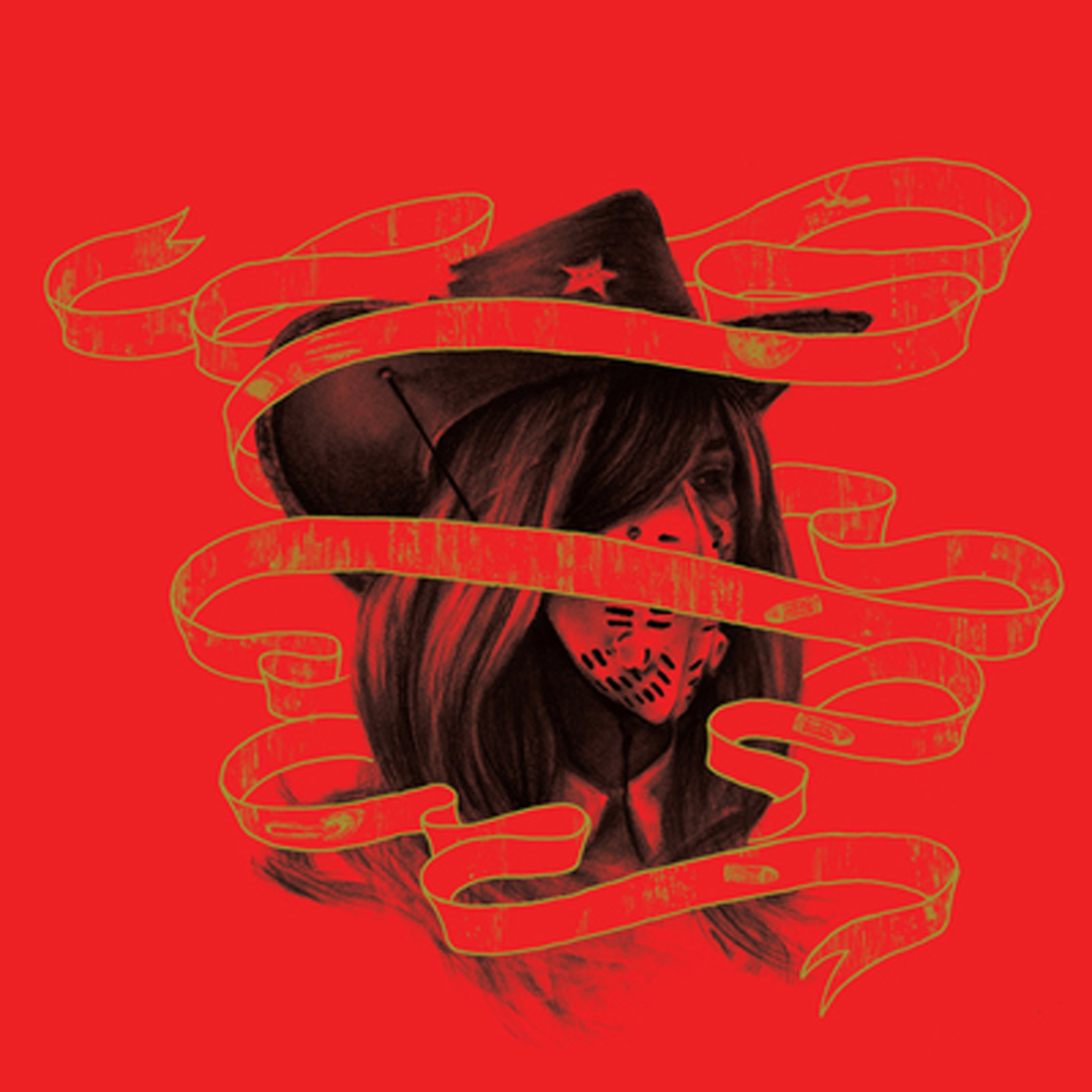 Haley Fohr's latest album quixotically departs from her Circuit des Yeux project in quite a bizarre and ambitious way.  Half performance art and half avant-garde country album, Jackie Lynn purports to be last recordings left behind by a mythic musician/iconoclast/cocaine dealer before she vanished from her apartment after a "domestic disturbance."  Fohr’s commitment to this elaborate conceit is quite impressive, concocting both a fake newspaper story and mini-documentary to support her enigmatic new persona.  As for the songs, they are a bit of a mixed bag, as Fohr's deep and powerful voice is a very uneasy fit for anything resembling popular music.  After awkwardly veering between bombast and kitsch for a few songs, however, Fohr eventually hits her stride and unleashes some compelling new twists on well-worn formulae.
Haley Fohr's latest album quixotically departs from her Circuit des Yeux project in quite a bizarre and ambitious way.  Half performance art and half avant-garde country album, Jackie Lynn purports to be last recordings left behind by a mythic musician/iconoclast/cocaine dealer before she vanished from her apartment after a "domestic disturbance."  Fohr’s commitment to this elaborate conceit is quite impressive, concocting both a fake newspaper story and mini-documentary to support her enigmatic new persona.  As for the songs, they are a bit of a mixed bag, as Fohr's deep and powerful voice is a very uneasy fit for anything resembling popular music.  After awkwardly veering between bombast and kitsch for a few songs, however, Fohr eventually hits her stride and unleashes some compelling new twists on well-worn formulae.
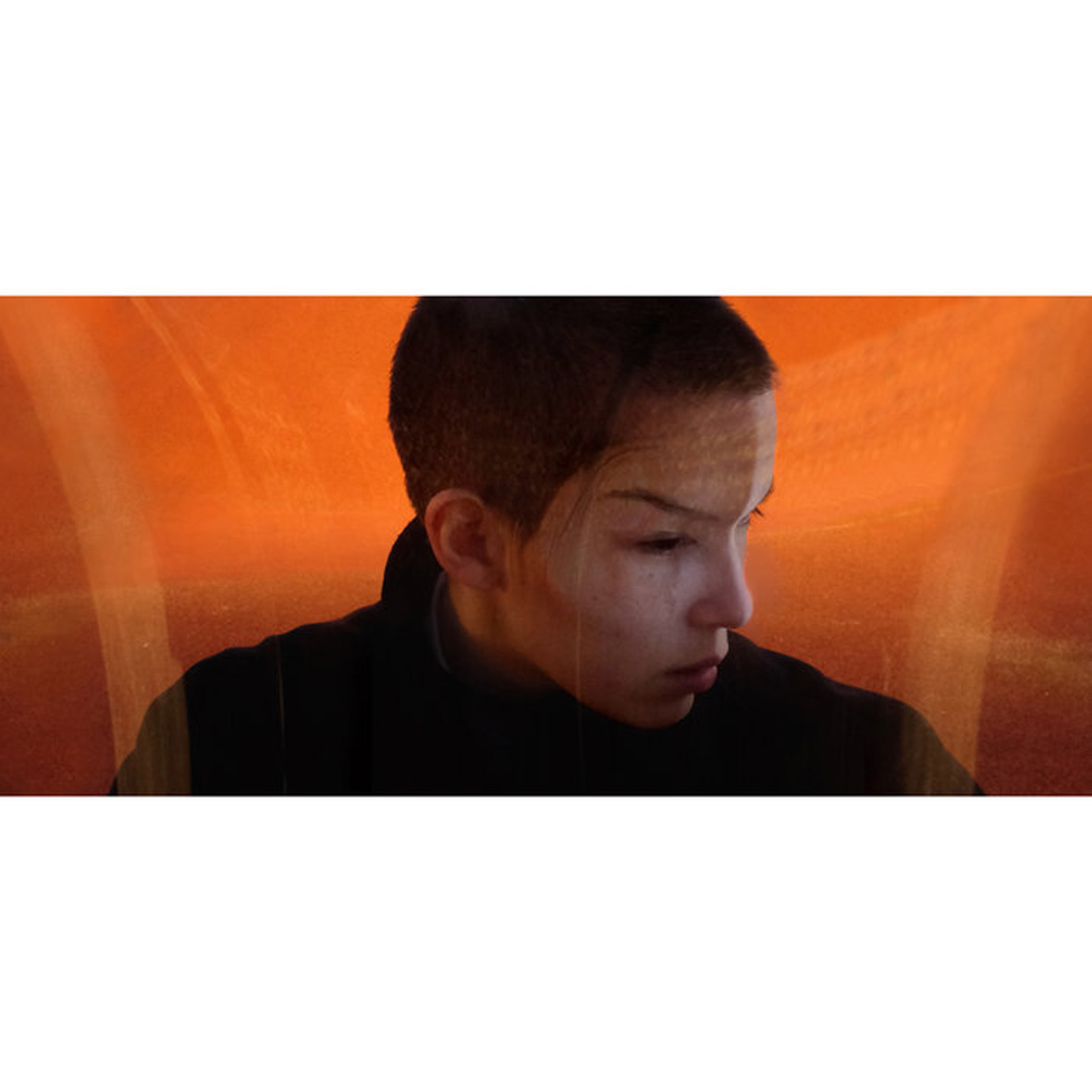 Four long years ago, Raime released an absolute monster of a debut album with Quarter Turns Over a Living Line.  Since then, I periodically found myself wondering when Raime was going resurface and how Joe Andrews and Tom Halstead could possibly top such a visceral monolith of seething gloom.  Apparently, they were wondering the exact same thing and ultimately decided not to even try.  Instead, Andrews and Halstead have picked up guitars and reinvented themselves as a quasi-post-hardcore band, a detour much more in line with their Moin side-project.  Aesthetically, I suppose that was not a bad move, but Tooth nevertheless feels quite undercooked, one-dimensional, and lean on ideas.  This probably should have been a single or an EP (at best).
Four long years ago, Raime released an absolute monster of a debut album with Quarter Turns Over a Living Line.  Since then, I periodically found myself wondering when Raime was going resurface and how Joe Andrews and Tom Halstead could possibly top such a visceral monolith of seething gloom.  Apparently, they were wondering the exact same thing and ultimately decided not to even try.  Instead, Andrews and Halstead have picked up guitars and reinvented themselves as a quasi-post-hardcore band, a detour much more in line with their Moin side-project.  Aesthetically, I suppose that was not a bad move, but Tooth nevertheless feels quite undercooked, one-dimensional, and lean on ideas.  This probably should have been a single or an EP (at best).
 Over the years, I have come to be extremely wary of any collaborative releases involving artists I like, as all they tend to fall into one of two categories: disappointing compromises or (much more frequently) tossed-off improvisations.  Consequently, I did not have particularly high hopes for this album, particularly since so many recent Fenn O’Berg releases have failed to live up to their enormous potential.  Happily, however, It’s Hard for Me to Say I’m Sorry largely delivers upon the promise heralded by its luminous participants.  Given that Fennesz has a much more distinctive aesthetic than the chameleonic O’Rourke, it is not surprising at all that this sounds a hell of a lot like a Fennesz album at times, but the line separating laptop-era O’Rourke from Fennesz is a very blurry and narrow one.  In any case, this is quite a strong album, albeit one that starts to lag a bit in the second half.
Over the years, I have come to be extremely wary of any collaborative releases involving artists I like, as all they tend to fall into one of two categories: disappointing compromises or (much more frequently) tossed-off improvisations.  Consequently, I did not have particularly high hopes for this album, particularly since so many recent Fenn O’Berg releases have failed to live up to their enormous potential.  Happily, however, It’s Hard for Me to Say I’m Sorry largely delivers upon the promise heralded by its luminous participants.  Given that Fennesz has a much more distinctive aesthetic than the chameleonic O’Rourke, it is not surprising at all that this sounds a hell of a lot like a Fennesz album at times, but the line separating laptop-era O’Rourke from Fennesz is a very blurry and narrow one.  In any case, this is quite a strong album, albeit one that starts to lag a bit in the second half.
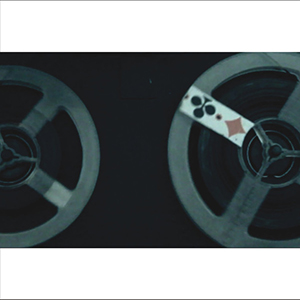 Continuing his concept of "sound recycling", Sebastian Banaszczyk’s latest work is the studio recording of a piece first performed in 2014. As part of the Festiwal Dekonstrukcji Slowa in Poland, he performed this work (translated as "The Old Writer") as a tribute to William S. Burroughs on his 100th birthday. Consistent with his work to this point, it is a brilliant deconstruction of sounds that bear little resemblance to their source, but perhaps what is most surprising is the amount of conventional music he chose to employ, giving an added layer of depth to an already complex record.
Continuing his concept of "sound recycling", Sebastian Banaszczyk’s latest work is the studio recording of a piece first performed in 2014. As part of the Festiwal Dekonstrukcji Slowa in Poland, he performed this work (translated as "The Old Writer") as a tribute to William S. Burroughs on his 100th birthday. Consistent with his work to this point, it is a brilliant deconstruction of sounds that bear little resemblance to their source, but perhaps what is most surprising is the amount of conventional music he chose to employ, giving an added layer of depth to an already complex record.
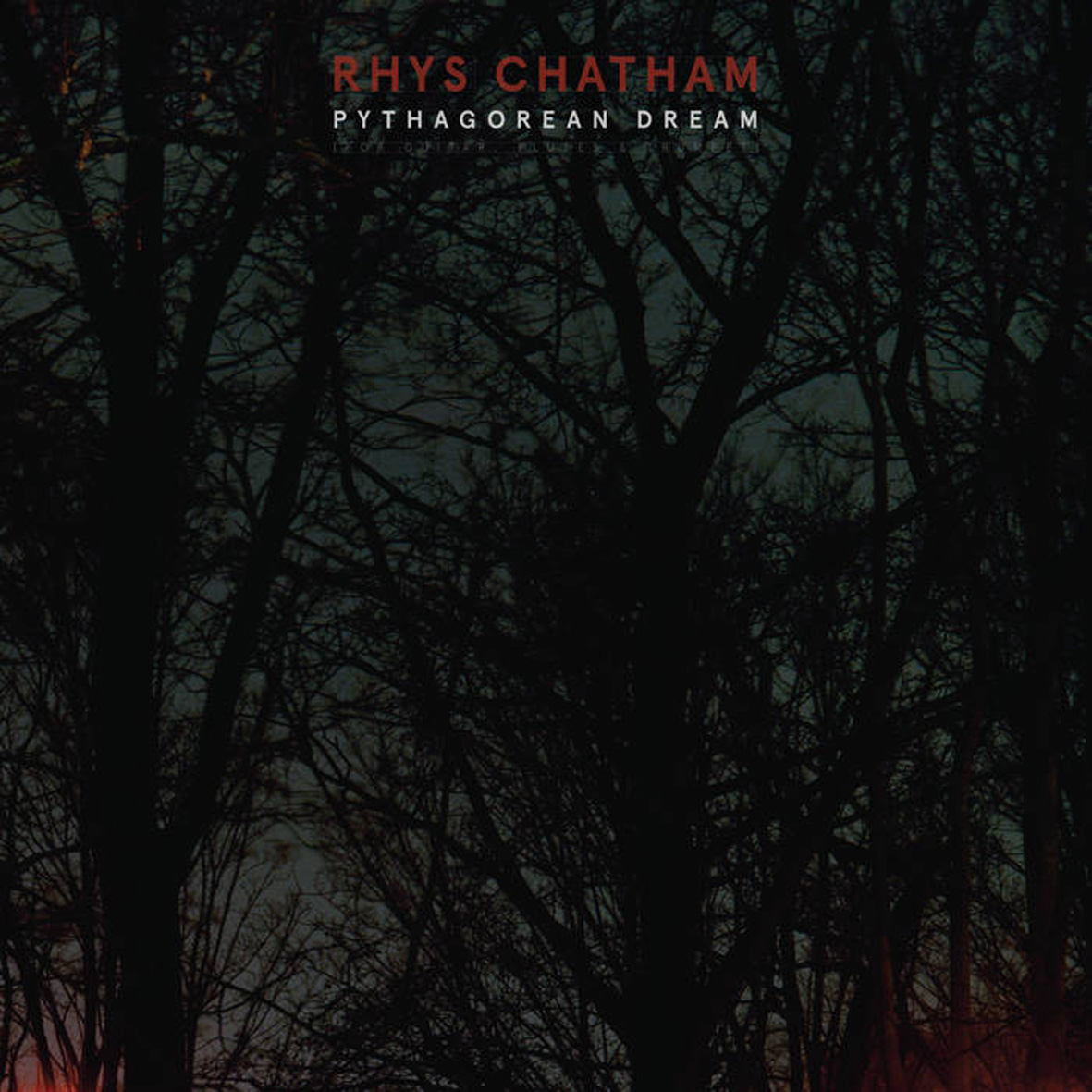 To his everlasting credit, Rhys Chatham has remained a restlessly evolving and adventurous composer well into his 60s, as well as quite an endearing perverse and unpredictable one.  Case in point: roughly a decade after composing his monumental A Crimson Grail for 400 guitars, Chatham is now is now experimenting with ways to perform his harmonically complex compositions all by himself in real-time.  Also, he has picked up the flute again (his original instrument, which was summarily abandoned for electric guitars after Chatham first experienced the Ramones).  As if that were not enough divergence from the norm, Chatham also employs a special Pythagorean/just-intonation tuning system for his guitar.  Despite all of those innovations, Pythagorean Dream is first and foremost an impressive performance rather than a bold new artistic statement.  I suppose that makes it a fairly minor release within Chatham’s oft-influential and frequently large-scale oeuvre, but it is still surprisingly effective for a one-man guitar/trumpet/flute tour de force and certainly sounds like absolutely no one else.
To his everlasting credit, Rhys Chatham has remained a restlessly evolving and adventurous composer well into his 60s, as well as quite an endearing perverse and unpredictable one.  Case in point: roughly a decade after composing his monumental A Crimson Grail for 400 guitars, Chatham is now is now experimenting with ways to perform his harmonically complex compositions all by himself in real-time.  Also, he has picked up the flute again (his original instrument, which was summarily abandoned for electric guitars after Chatham first experienced the Ramones).  As if that were not enough divergence from the norm, Chatham also employs a special Pythagorean/just-intonation tuning system for his guitar.  Despite all of those innovations, Pythagorean Dream is first and foremost an impressive performance rather than a bold new artistic statement.  I suppose that makes it a fairly minor release within Chatham’s oft-influential and frequently large-scale oeuvre, but it is still surprisingly effective for a one-man guitar/trumpet/flute tour de force and certainly sounds like absolutely no one else.
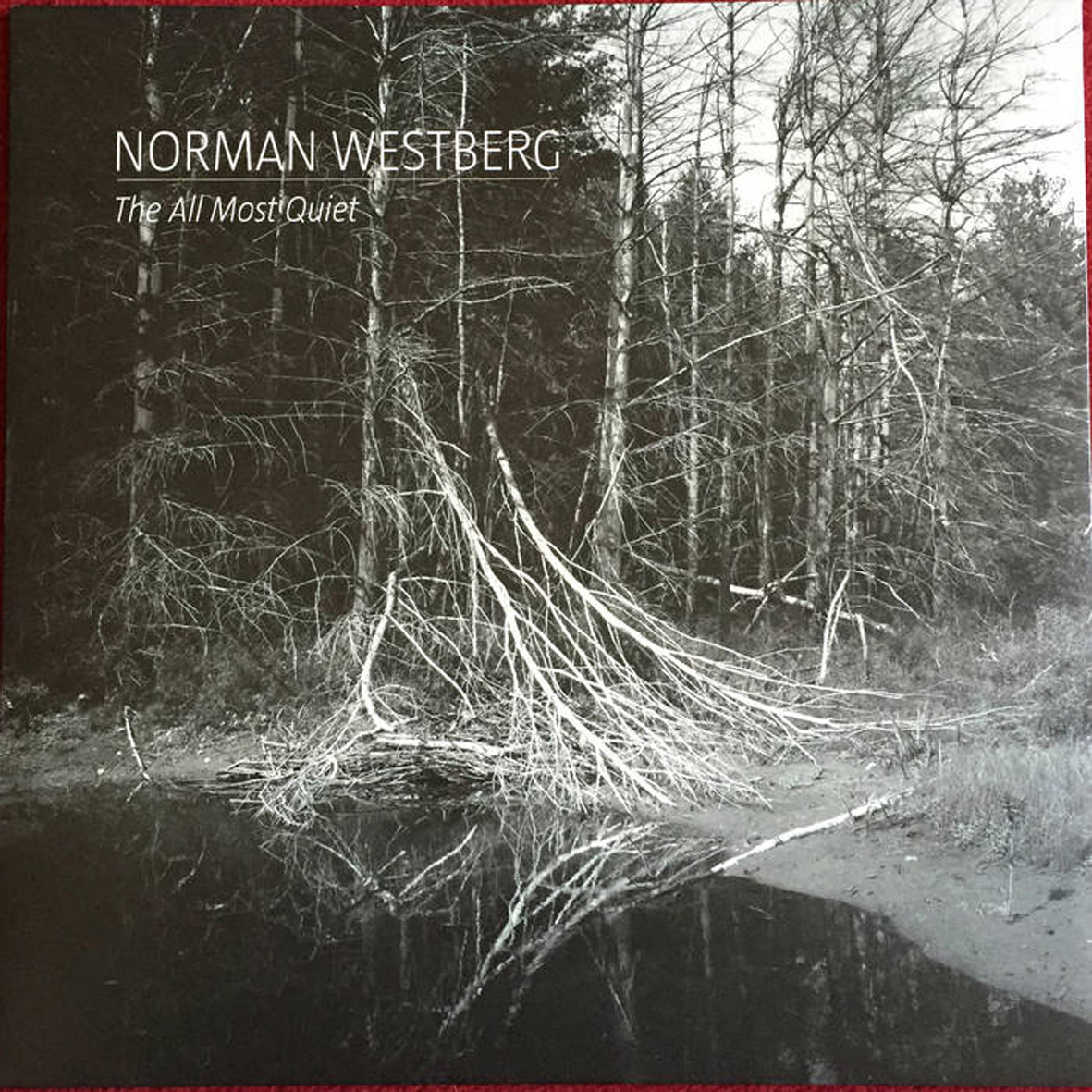
Swans' guitarist Norman Westberg’s second solo release for the increasingly essential Hallow Ground label continues the temporally disorienting 2016 hot streak begun with MRI (which was recorded at least four years ago).  Though there is a fairly wide gulf separating the two recordings time-wise, they both stand apart from some of Westberg’s other solo work by effectively balancing his warm and dreamlike guitar-drone tendencies with the added heft and menace of well-placed dissonance.  In short, this is yet another wonderful album.
 The Legendary Pink Dots have been in the midst of a creative renaissance for years now, fitfully releasing some of the finest work of their career amidst the unending and distracting tide of solo projects, reissues, live albums, and archival discoveries.  The lion's share of Edward Ka-Spel's best ideas, however, have definitely been winding up in LPD's more abstract and experimental work.  I am personally perfectly fine with that, as that is the side of the Dots that I have always preferred anyway.  I suspect that most longtime fans were initially drawn to the band by their songs though and they have presumably been suffering through quite a long dry spell in that regard.  Pages of Aquarius is an album for them, as it is a solid, concise, and hook-heavy collection of industrial-tinged songs that harken back to the Dots of earlier times.  In fact, if I did not know better, I would have guessed that this album was recorded in the early '90s.  I am not sure if that is necessarily a bad thing or a good thing, but there are a definitely a handful of instant classics here regardless.
The Legendary Pink Dots have been in the midst of a creative renaissance for years now, fitfully releasing some of the finest work of their career amidst the unending and distracting tide of solo projects, reissues, live albums, and archival discoveries.  The lion's share of Edward Ka-Spel's best ideas, however, have definitely been winding up in LPD's more abstract and experimental work.  I am personally perfectly fine with that, as that is the side of the Dots that I have always preferred anyway.  I suspect that most longtime fans were initially drawn to the band by their songs though and they have presumably been suffering through quite a long dry spell in that regard.  Pages of Aquarius is an album for them, as it is a solid, concise, and hook-heavy collection of industrial-tinged songs that harken back to the Dots of earlier times.  In fact, if I did not know better, I would have guessed that this album was recorded in the early '90s.  I am not sure if that is necessarily a bad thing or a good thing, but there are a definitely a handful of instant classics here regardless.
 This intriguing and wildly divergent pair of unreleased performances provides a fascinating window into the curious evolution of Hennix's singular artistry.  The newer and more listenable of the two is credited to her current Chora(s)san Time-Court Mirage project and enlists a trio of vocalists to weave a mantric, quasi-devotional Eastern drone reverie for 80 minutes.  Far more intriguing, however, is the remarkably heavy and nerve-jangling 1976 performance from her earlier just-intonation ensemble, The Deontic Miracle.  In retrospect, it now makes perfect sense to me why it took so long for Catherine Christer Hennix's work to be fully appreciated, as there is absolutely no way that the world was ready for such radically dissonant drones forty years ago.
This intriguing and wildly divergent pair of unreleased performances provides a fascinating window into the curious evolution of Hennix's singular artistry.  The newer and more listenable of the two is credited to her current Chora(s)san Time-Court Mirage project and enlists a trio of vocalists to weave a mantric, quasi-devotional Eastern drone reverie for 80 minutes.  Far more intriguing, however, is the remarkably heavy and nerve-jangling 1976 performance from her earlier just-intonation ensemble, The Deontic Miracle.  In retrospect, it now makes perfect sense to me why it took so long for Catherine Christer Hennix's work to be fully appreciated, as there is absolutely no way that the world was ready for such radically dissonant drones forty years ago.
 It is fair to say that Robert Crouch has injected some major conceptualism into A Gradual Accumulation of Ideas Becomes Truth. The overarching theme, outlined in the title, is how locations can develop histories that never existed based simply on someone's insistence they happened, a process akin to that of meaning devised by method of symbolic interactionism. That concept applies appropriately to the recorded material as well: a series of compositions based upon modular synthesis that largely avoids the now cliché bleeps and bloops and instead results in lush passages of electronics that form their own little worlds.
It is fair to say that Robert Crouch has injected some major conceptualism into A Gradual Accumulation of Ideas Becomes Truth. The overarching theme, outlined in the title, is how locations can develop histories that never existed based simply on someone's insistence they happened, a process akin to that of meaning devised by method of symbolic interactionism. That concept applies appropriately to the recorded material as well: a series of compositions based upon modular synthesis that largely avoids the now cliché bleeps and bloops and instead results in lush passages of electronics that form their own little worlds.
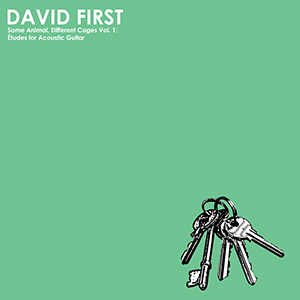 David First has been active as a composer for a multitude of years, never allowing his work to draw too heavily from just one style or technique. Many of his pieces feature elements of everything from folk to noise to classical drone, and almost everything in between. Because of that, the self-imposed limitations of the four part Same Animal, Different Cages adds additional depth by stripping much away. Etudes for Acoustic Guitar is exactly as its title implies: 12 performances utilizing only a Guild D-40 acoustic guitar, and the final product is diverse, compelling, and at times challenging, but a resounding success.
David First has been active as a composer for a multitude of years, never allowing his work to draw too heavily from just one style or technique. Many of his pieces feature elements of everything from folk to noise to classical drone, and almost everything in between. Because of that, the self-imposed limitations of the four part Same Animal, Different Cages adds additional depth by stripping much away. Etudes for Acoustic Guitar is exactly as its title implies: 12 performances utilizing only a Guild D-40 acoustic guitar, and the final product is diverse, compelling, and at times challenging, but a resounding success.
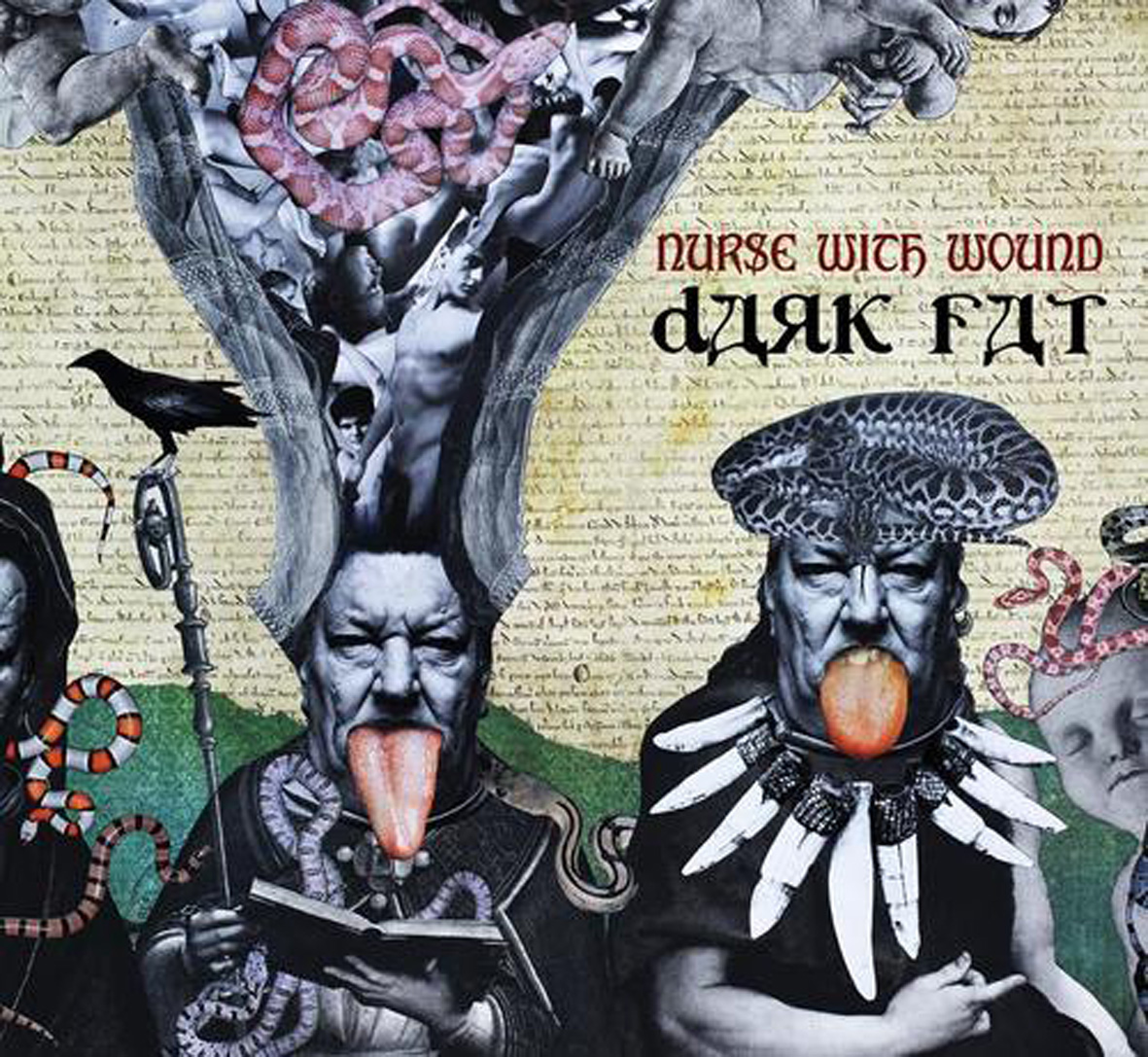
I gave up trying to make sense of Nurse With Wound’s sprawling, self-cannibalistic, and absolutely inscrutable discography quite some time ago, but it definitely seems like it has been a very long time since Steven Stapleton has released anything that meets my not-particularly-stringent "this is an actual, legitimate new album" criteria (excellent Graham Bowers collaborations aside, of course).  Consequently, I was hoping Dark Fat would be the album to end NWW's long and perversely prolific silence (it was explicitly billed as "long-awaited," after all).  Alas, it is not exactly the bold new artistic statement that I was hoping for.  Instead, it is a sprawling collection of "live" recordings ranging from rehearsals to sound checks to actual gigs.  Despite its dubious hodge-podge origins, however, Dark Fat actually feels an awful lot like a studio album–quite a damn good one, even.  While longtime NWW fans will probably experience many flickers of recognition over the course of these two hours, Stapleton and his collaborators have so thoroughly reshaped and recontextualized everything that it all feels fresh, vibrant, inspired, and appropriately disorienting all over again.
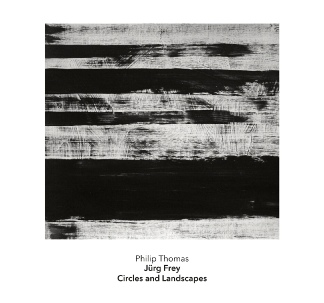 Given a little context, a mathematician could tell you what circles and landscapes have in common. They could at least begin by telling you that circles are musical. Traveling counterclockwise around a circle, it is possible to plot the contours of a sine wave on graph paper using a right triangle and a trigonometric ratio, something that is easier to see than to describe. At the same time, circularity is one of those compound notions that can’t be thought all at once. There’s the circularity of arguing in a circle and the circularity of spinning your wheels or going nowhere fast. There’s the circularity of "Frère Jacques" and "Three Blind Mice" and Pachelbel's Canon in D Major, the sense of arriving back at the beginning, and, given a little latitude, the circularity that implies incongruity, the problem of "squaring the circle." All of this to say that there is more to the title of the latest Jürg Frey solo piano collection than abstract poetry. Wrapped up in Philip Thomas’s firm and buoyant performances are ideas about translating music and arranging it and a compositional focus that foregrounds harmony, intentionality, and the voice of one of the world’s most familiar instruments.
Given a little context, a mathematician could tell you what circles and landscapes have in common. They could at least begin by telling you that circles are musical. Traveling counterclockwise around a circle, it is possible to plot the contours of a sine wave on graph paper using a right triangle and a trigonometric ratio, something that is easier to see than to describe. At the same time, circularity is one of those compound notions that can’t be thought all at once. There’s the circularity of arguing in a circle and the circularity of spinning your wheels or going nowhere fast. There’s the circularity of "Frère Jacques" and "Three Blind Mice" and Pachelbel's Canon in D Major, the sense of arriving back at the beginning, and, given a little latitude, the circularity that implies incongruity, the problem of "squaring the circle." All of this to say that there is more to the title of the latest Jürg Frey solo piano collection than abstract poetry. Wrapped up in Philip Thomas’s firm and buoyant performances are ideas about translating music and arranging it and a compositional focus that foregrounds harmony, intentionality, and the voice of one of the world’s most familiar instruments.
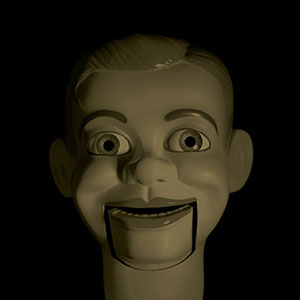 Jon Mueller may be most often recognized as an exemplary and audacious percussionist, but even the most casual experience with his recent works makes clear the depth of his creativity. On this latest album, he draws influences from his other projects (Death Blues, Volcano Choir), as well as builds upon the stylistic developments of his other recent works, such as the heavy use of vocals, to reach an unparalleled depth and complexity of composition.
Jon Mueller may be most often recognized as an exemplary and audacious percussionist, but even the most casual experience with his recent works makes clear the depth of his creativity. On this latest album, he draws influences from his other projects (Death Blues, Volcano Choir), as well as builds upon the stylistic developments of his other recent works, such as the heavy use of vocals, to reach an unparalleled depth and complexity of composition.



